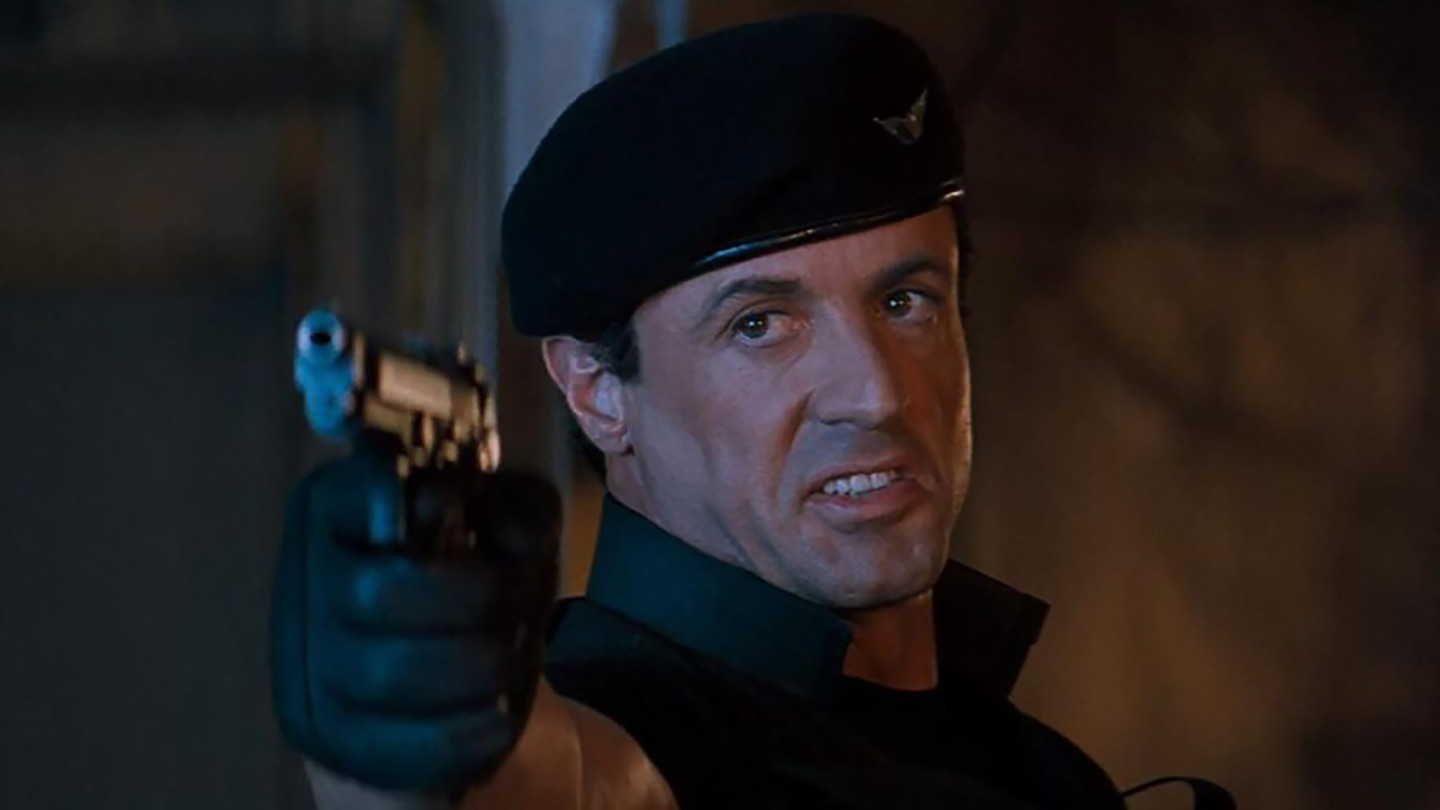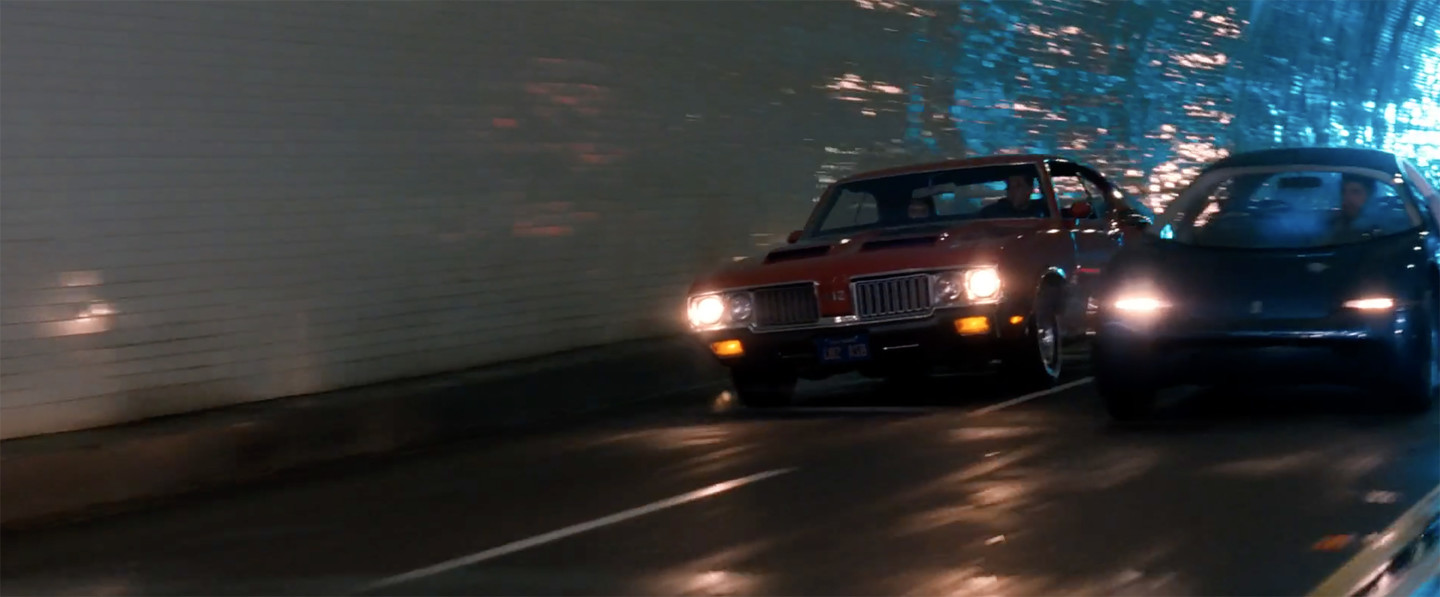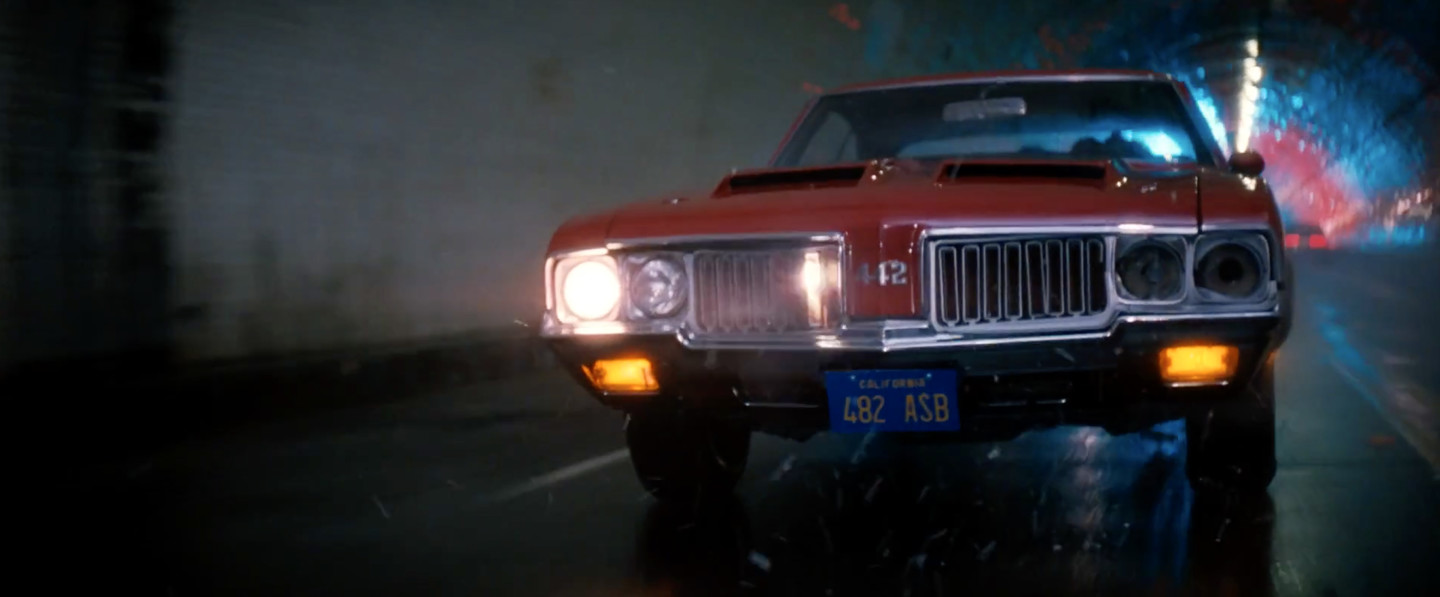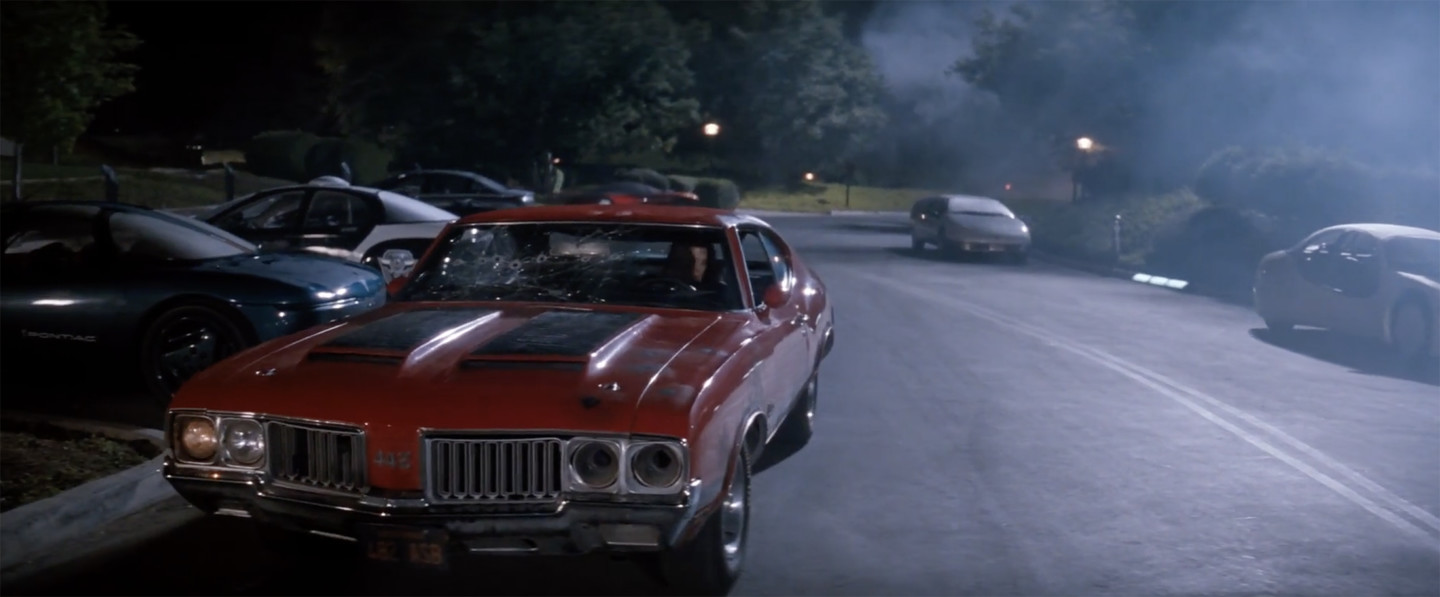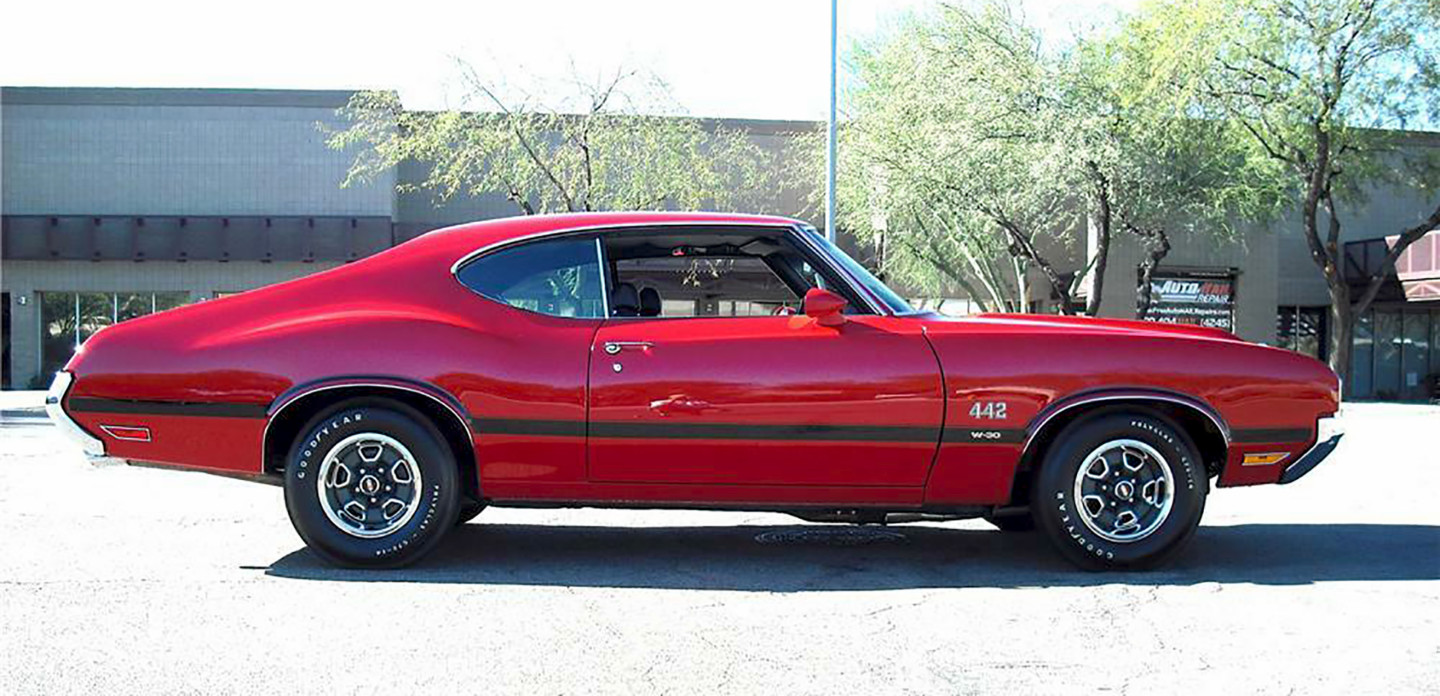The late 1980s and early 1990s was a time of considerable change in the realm of movies. At the time it didn’t seem so seismic, but now, with the hindsight of thirty years, it most assuredly was.
For starters, some of the most important and paradigm shifting films of these past three decades were released then; films like Goodfellas, JFK, Schindler’s List, and Reservoir Dogs.
Moreover, it was the genesis of what became the modern incarnation of the independent film and the sub-industry that produces them outside of the Hollywood studio system. Sex, Lies and Videotape started the movement in 1989, and by mid-decade, movies like Clerks, Dazed and Confused, My Own Private Idaho, and Slacker were dominating the film festivals of the world, and taking a large bite out of the mainstream film box office take.
Perhaps a less considered development of the era though was the ascendency of the mega-budget action film. Terminator 2 kicked things off with a bang, and subsequently made truckloads of money. As a consequence, every studio in Hollywood suddenly grew bold and decided to throw $100 million at producing a loud, fiery, and star-studded shoot-em-up or disaster movie, in the hope of hitting major paydirt.
Some fared well, and others, like The Last Action Hero, became legendary bombs.
In the midst of this, 80s action superstar, Sylvester Stallone, whose career was beginning to wane, decided to lend his talents to such a picture. As it just so happens, it was quite a film for those of us who love to see awesome vehicles in our movies, so for this month’s edition of Rob’s Car Movie Review, we’re gonna have a look at it. Ladies and gentlemen, I give you Demolition Man.
Demolition Man was produced by action film kingpin Joel Silver for Warner Brothers, who distributed the film in the United States. Daniel Waters, of Heathers, Batman Returns, and Hudson Hawk experience, penned the screenplay which was adapted to the screen by first time director, Marco Brambilla.
In keeping with the other films of its ilk being released at the time, the movie was packed with big actors and recognizable names, including Stallone, Wesley Snipes, it-girl of the moment Sandra Bullock, Benjamin Bratt, Rob Schneider, Denis Leary, Jack Black, and Jesse Ventura.
In 1996, Los Angeles has descended into a morass of extreme crime and violence. Chief amongst the city’s criminals is Simon Phoenix (Snipes), a psychopathic killer and crime lord. Police Officer John Spartan (Stallone), nicknamed the Demolition Man, manages to hunt him down and bring him to justice, but in the process, seemingly causes the deaths of a group of Phoenix’s hostages. Both cop and criminal are tried and sentenced to long prison stints in a cryogenically frozen state.
Unfrozen for a parole hearing in pacifistic, crime-free 2032, Phoenix escapes from prison, killing the warden and a pair of guards in the process. Long since unable to cope with a violent perpetrator, the authorities decide to unfreeze Spartan and task him with hunting down and stopping Phoenix before he starts a new reign of terror.
Partnering up with officers Lenina Huxley (Bullock) and Alfredo Garcia (Bratt), the three cops track Phoenix using 2032 law enforcement’s cutting-edge technology, combined with Spartan’s old fashioned, no-nonsense methods of policing.
During the course of their hunt, Spartan discovers that forces in the local government were responsible for enhancing Phoenix’s skills during cryostasis and for releasing him upon the city. As the cops close in on their prey, the reasons why are uncovered.
I’m well aware that Demolition Man has its devotees and that it made a fair, but hardly stellar return at the box office and home video. I’ll be frank though when I say that I could not stand this film when it was released, and that I disliked it even more this time around, some thirty years later.
The most egregious of its flaws, which are legion, stems from the tone and tenor set by Brambilla’s direction. While early drafts of the screenplay were apparently quite dark and somber, much like the similar, dystopian, future law enforcement epic, Blade Runner, Brambilla incomprehensibly decided that what the world wanted to see instead was a violent but campy action film that was laced with over-the-top performances and near slapstick humor.
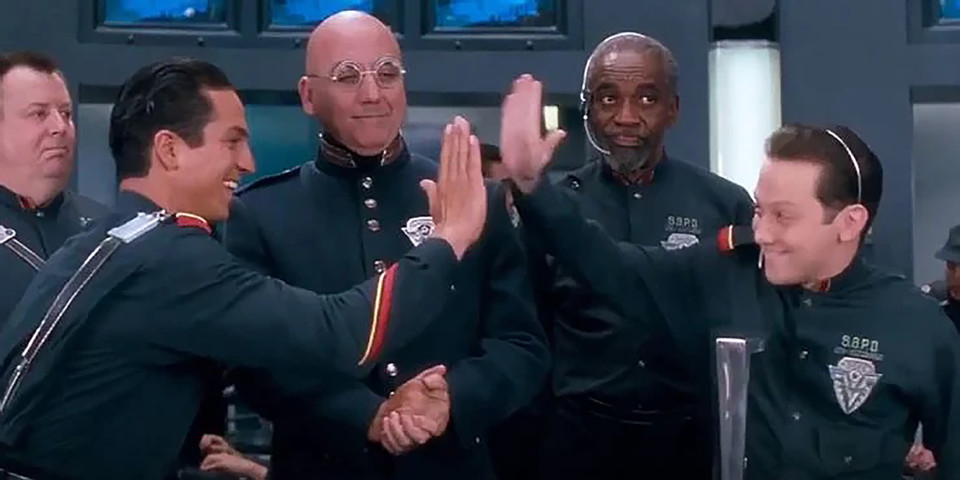
Director Brambilla made a horrible mistake setting a campy tone for the film. (Photo courtesy of Warner Brothers.)
I am here to authoritatively state that he was really, really wrong.
The concept falls flat literally as soon as the story moves to 2032. The future characters’ blissfully naïve natures come off as cringeworthy and insipid, and all attempts at humor generated by juxtaposing Spartan’s rough and profane demeanor against the politeness and austerity of the denizens of 2032 fail to induce a single laugh.
What’s more, following Brambilla’s direction, many of the generously talented actors in the film were sadly forced to turn out horrifically bad performances, with Bullock suffering the worst in this regard.
Denis Leary, a comedian of hilarious acerbic qualities, is terribly miscast, and at one point is forced to launch into one of the infamous comedic rants for which he was known. Here, it comes off as gratuitous and terribly out of place, prompting the actor to later refer to the film as a “giant piece of s**t.”
One particularly nausea-inducing scene that I’d like to single out is when Phoenix attempts to rally a bunch of hardened criminals to his cause. Snipes, absurdly wardrobed in what appears to be an ensemble composed of tire treads and assorted garbage, is directed to be so overdramatic that it actually made me laugh out loud, and then feel sympathy for him that the moment was immortalized on film forever.
Also tied in to Brambilla’s original-sin judgement call is the look of the film, which, in an effort to suggest future tranquility, feels underwhelming. Scenes are lit flat like a soap opera, locations are bland and antiseptic, and props and set dressings look fake and silly.
Even the action sequences are just so-so, with nothing transpiring that you hadn’t seen before or since. Some sequences, like the shootout in the sewer, are nearly cartoonish in their gratuitous volley of squib detonations and set destruction.
Plot holes, continuity errors, and gross lapses in logic also abound.
In fact, the only facet of the film that I found remotely appealing are the cars, and in this respect, the movie thankfully excels.
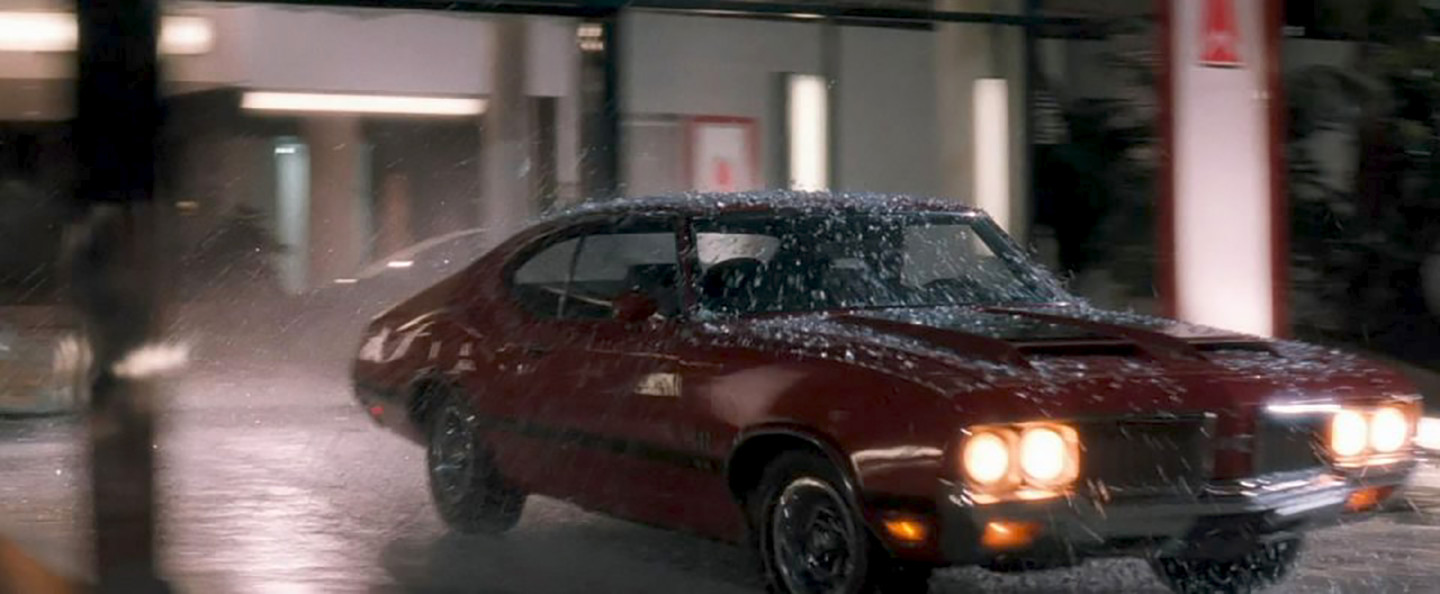
The 4-4-2 is driven through the window of an Olds dealership in its first few seconds on screen. (Photo courtesy of Warner Brothers.)
The premier car in the movie is one that happens to be amongst my personal favorites from the Golden Era of muscle – the brawny and bad, 1970 Oldsmobile 4-4-2 hardtop.
The 4-4-2, so named for its four-barrel carburetor, four-speed manual transmission, and dual exhausts, was Olds’ apex predator. To compete with other GM muscle like the Chevelle, as well as offerings from Ford and Mopar, the firm fit the massive General Motors 455 cubic-inch V8 in the engine bay for 1970.
Output was 365 horsepower and an astonishing 500 lb-ft of twist. An additional five ponies could be had by selecting the W30 option, which added a fiberglass hood with functional air scoops, a low-restriction air cleaner, a thirstier carburetor, an aluminum intake, and performance cylinder heads, distributor, and camshaft.
Gleaming in bright Matador Red with black side and hood scoop stripes, the 4-4-2 in the movie clearly features the W30 package. The car makes a brief but memorable appearance in the movie which includes Spartan driving it through the window of an Oldsmobile dealership (the filmmakers sure didn’t foresee Olds’ fate!), performing massive jumps, speeding through a tunnel, getting shot up, and generally being mistreated, as Hollywood is always doing to beautiful muscle cars.
According to period sources, three cars were used during filming, with only one, the hero car used for closeups, a genuine 4-4-2 W30. The other two, which were stunt cars, were dressed-up Cutlasses, and at least one of them was destroyed during filming. In 2011, the real 4-4-2 was sold at the Barrett-Jackson auction for $93,500.
Also interesting are the future cars in the film. Unlike most movies set ahead in time that feature contemporary cars which have been prop dressed, the filmmakers of Demolition Man worked directly with General Motors, which was keen to provide the production some of their actual running concept cars.
Of particular note in the film are the 1988 Cadillac Solitaire, the 1988 Chevrolet Venture, the famous 1988 Pontiac Banshee, the groundbreaking 1989 Oldsmobile Aerotech II, and the 1992 GM Ultralite.

The future cars in the movie were all real concept cars supplied by General Motors. (Photo courtesy of Warner Brothers.)
Demolition Man represents the worst of Hollywood filmmaking in general, and of its time specifically. It was made during a period when studio executives were collectively under the delusion that if you threw enough money at a project it would work, with little regard to story and craft.
I personally need a whole lot more than a massive budget to enjoy a film, and as such, give Demolition Man four-and-a-half out of ten pistons. I strongly suggest you skip it, unless you are absolutely obsessed with the Oldsmobile 4-4-2.


